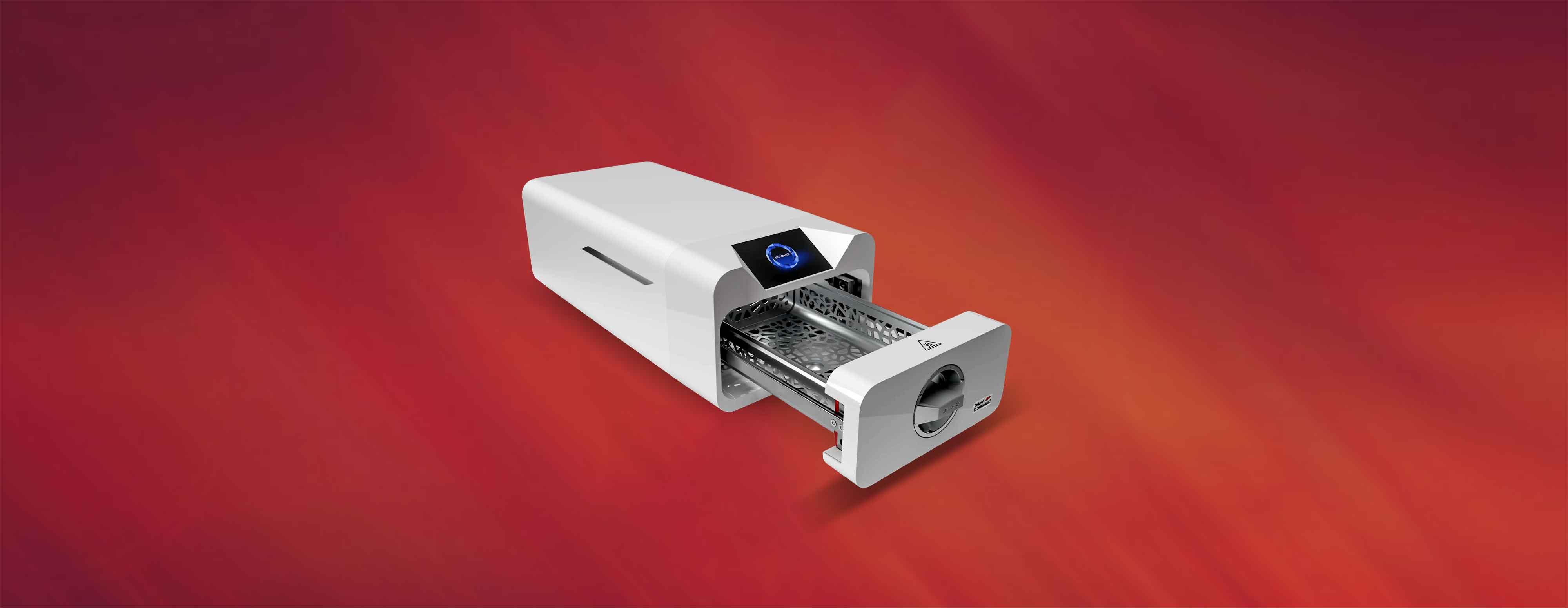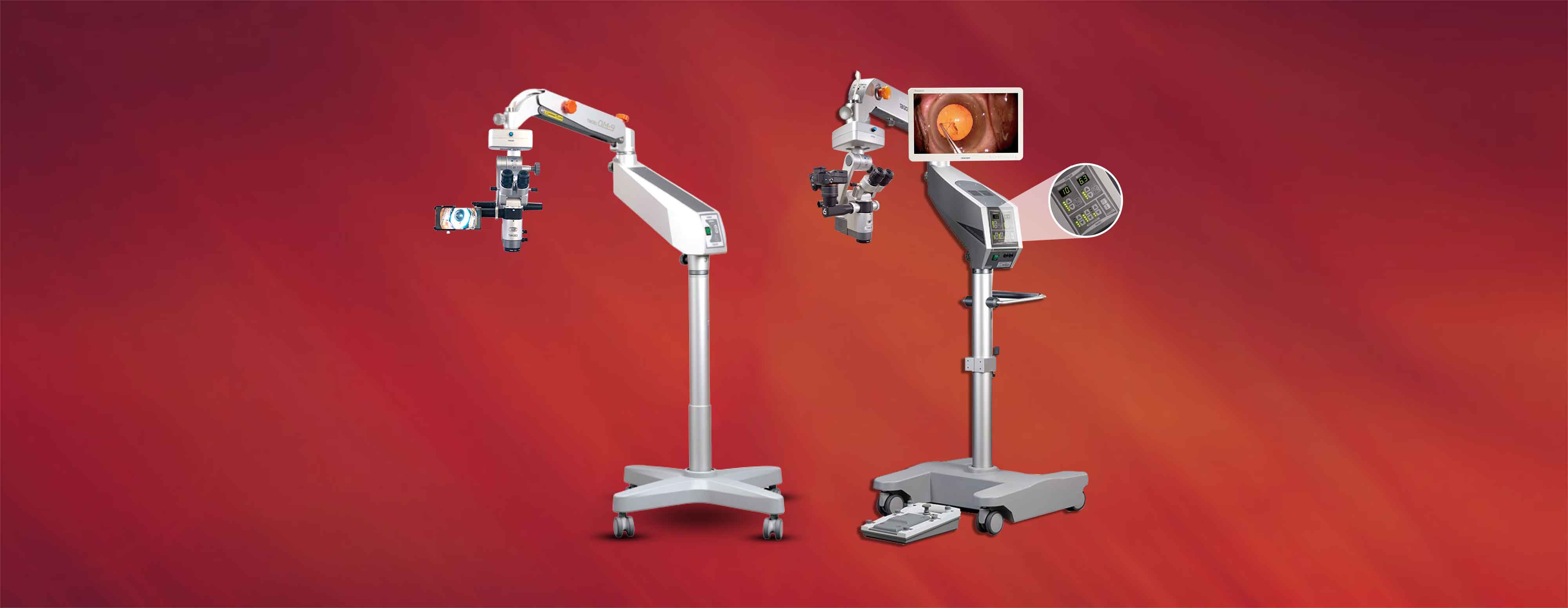Disclaimer and Copyright © 2019 Vaishno Medisales (P) Ltd
All Rights Reserved
Disclaimer: No Portion of This Website May Be Reproduced Without The Prior Written Consent of Vaishno Medisales (P) Ltd. All Rights Reserved. Vaishno Medisales (P) Ltd. ~ Engaged in sales, distribution and after sales service of Ophthalmic equipments in Nepal.
Powered by :Weblink Nepal










